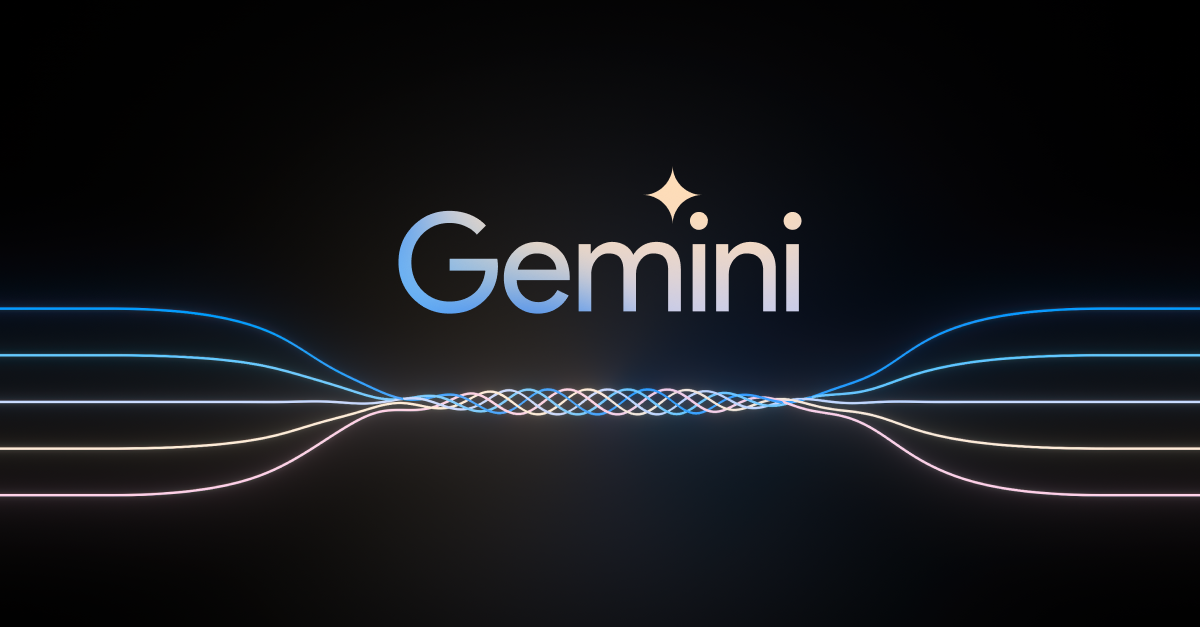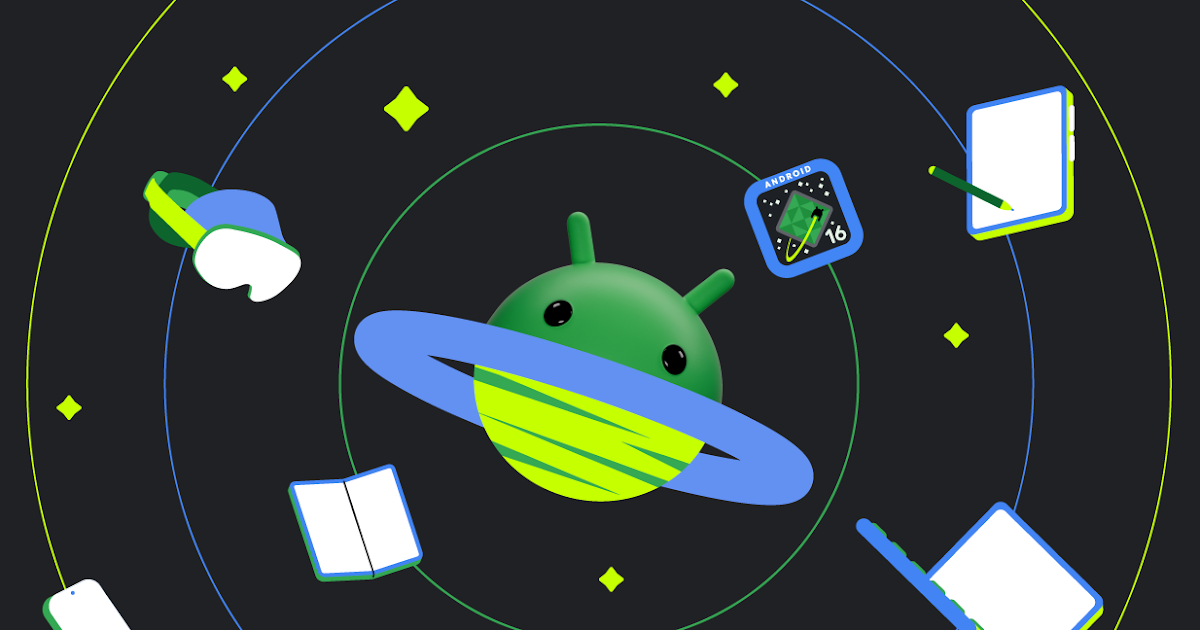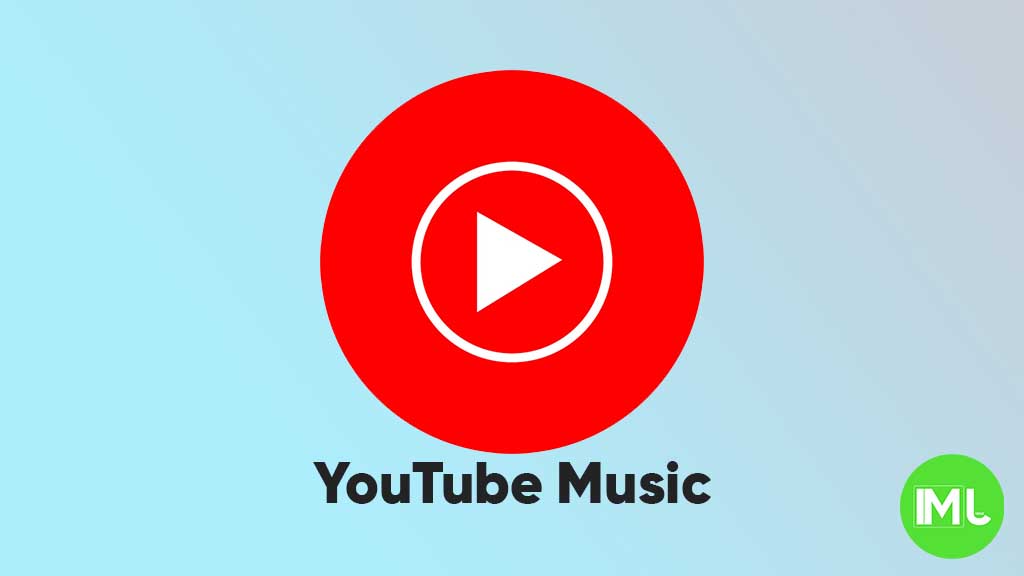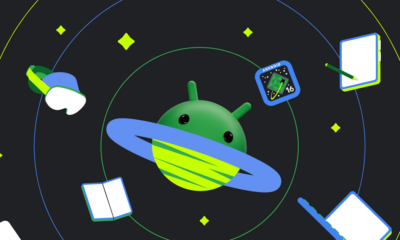Gmail’s Gemini side panel integrates Google Calendar and Google Maps introduces new teal accent color

Google is rolling out new features across its popular apps, including updates to Gmail’s Gemini side panel and a fresh look for Google Maps. These changes aim to improve user experience and provide better integration between services.
Gmail’s Gemini Side Panel Gets Google Calendar Integration
Initially, the Gemini side panel in Gmail integrated with Google Drive, Docs, Sheets, and Slides. Now, Google is adding Google Calendar to the mix, allowing users to manage their schedules directly within Gmail. This feature provides an intuitive way to handle calendar events through conversational commands.
Key Features of Gemini’s Calendar Integration:
- Event Creation via Conversation: Users can create calendar events using natural language. For example:
- “When is my first meeting next week?”
- “Create a 30-minute calendar event for my weekly yoga class every Monday and Wednesday at 9 AM.”
- “Schedule a 1-hour lunch tomorrow at noon.”
- Automatic Recognition: There’s no need to add
@Calendarto your request, but doing so explicitly invokes the service. - Availability: The update will roll out over the next few weeks for users on the following paid tiers:
- Gemini Business
- Gemini Enterprise
- Gemini Education and Education Premium
- Google One AI Premium
Current Limitations:
While the new integration is a significant enhancement, there are still some limitations to be aware of:
- You cannot add or remove guests from events through the Gemini panel.
- Extracting event details from emails, such as attachments or RSVPs, is not yet supported.
- It cannot automatically find the best meeting times with others or suggest available time slots.
- Tasks creation, setting out-of-office status, focus times, and working locations are not yet supported.
- Managing meeting rooms directly from the side panel is unavailable.
Google Maps Gets a Fresh Teal Accent
Google Maps is also receiving a visual update. Historically, the app has used a blue accent color for its buttons and icons. However, a recent change brings a teal accent to the user interface.
Teal Accent Changes:
- The teal color now appears in the bottom navigation bar and on primary action buttons, such as Directions, Start, and other key functions.
- This change has been spotted in the latest screenshots and announcements shared by Google, indicating a broader visual update.
- The teal accent provides a softer look compared to Google’s usual color palette of blue, red, yellow, and green.
Design Updates in Google Maps:
- This color change follows several other design tweaks, including:
- Moving the weather widget to a more accessible position in the bottom sheet.
- Simplifying the bottom navigation bar, reducing it to just three main tabs.
- The update is a server-side change, meaning it may not be visible to all users immediately on Android or iOS. The rollout is gradual and expected to expand over time.
Why the Teal Color Change?
Google hasn’t officially explained why they chose this more muted teal shade over their standard blue accent. It could be a move towards a more cohesive design language across its services or a test for user preference.
Lack of Dynamic Color Integration:
Despite this update, Google Maps still does not support Android’s Dynamic Color theming, which adapts app colors based on the device’s wallpaper. The lack of this feature may disappoint users who prefer a more personalized interface.
Conclusion
These updates to Gmail and Google Maps highlight Google’s ongoing efforts to enhance user experience through deeper integration and fresh design changes.
- Gmail’s Gemini side panel now offers a seamless way to manage your Google Calendar, making scheduling easier and more efficient for users on paid tiers.
- Google Maps is moving towards a cleaner, more streamlined look with its new teal accent, aligning its visuals with recent design trends.
Users can expect more updates and improvements as Google continues to refine its suite of applications. Keep an eye out for these changes rolling out over the coming weeks.
These improvements signify Google’s commitment to evolving its services, ensuring a smoother experience across its ecosystem.
Android
Android 16 adds small but useful changes to status bar and terminal features

Google is working on Android 16, and while big changes are still under wraps, some small updates have already been noticed. These tweaks may not seem major, but they can improve how users interact with their devices.
One of the changes spotted in the Android 16 Developer Preview is the return of the status bar clock to the left side of the screen. This layout used to be common before Android 9, but later Android versions placed the clock on the right. Now, with the new preview, the clock moves back to the left, which could make room for more icons and make the status bar easier to read—especially on phones with notches or punch-hole cameras. However, this change might not be final, as Android is still being tested.
Another interesting update is in the Android terminal tool. A new feature allows users to resize disk partitions without needing a full system reboot. This could be very helpful for developers and advanced users who need to change storage settings quickly. Instead of restarting the device, the system now supports live resizing in many cases, which saves time and effort.
Overall, Android 16 is shaping up with some practical improvements that focus on convenience and better user experience, even in the smaller details.
YouTube Music adds new feature to keep song volume steady

YouTube Music is rolling out a new feature called “Stable volume” to make your listening experience better. This option helps keep the sound level the same across all songs, so you won’t have to turn the volume up or down when switching tracks.
Sometimes, songs are louder or softer depending on how they were made. This new feature fixes that by adjusting each track so that all music plays at a similar volume. It’s especially useful when you’re using headphones or listening in the car.
You can find this option in the YouTube Music app by going to Settings > Playback & restrictions, where you’ll see a switch for “Stable volume.” It works for both free and Premium users, and it’s now appearing on Android devices (version 7.07 or later). iOS support may come soon, but it’s not available yet.
This is a welcome update, as many streaming apps like Spotify and Apple Music already have similar volume balancing tools. It helps make playlists and albums sound smoother and more enjoyable without constant volume changes.
So far, the feature is being released in stages, so you might not see it right away, but it should show up soon for everyone.
Android
Android 16 beta adds battery health info, Pixel Fold gets better at detecting opens and closes

Google has released the Android 16 Beta 1 update for Pixel phones, and it brings some helpful new features. One of the key additions is battery health information, which is now available in the settings. Pixel users can now see the battery’s manufacturing date, charge cycles, and overall health score. This can help people understand how well their battery is holding up over time. While this feature is currently hidden under developer options, it might be fully added in a future update.
At the same time, Google is also working to improve the Pixel Fold. With Android 16 Beta 1, there’s a new system that better detects when the phone is opened or closed. This new method uses the hinge angle to more accurately understand the device’s position. Unlike older systems that could be affected by software bugs or slow response times, this new one seems to be more reliable and faster.
These changes are important for people who use foldable phones like the Pixel Fold, as better hinge detection can lead to smoother app transitions and fewer bugs. And for all Pixel users, having detailed battery info can help with managing phone performance and deciding when it’s time for a battery replacement.
Overall, Android 16 Beta 1 focuses on giving users more control and smoother experiences, especially for those with foldables.
-

 Apps1 year ago
Apps1 year agoGboard Proofread feature will support selected text
-

 News1 year ago
News1 year agoSamsung USA crafting One UI 6.1.1
-

 News1 year ago
News1 year agoBreaking: Samsung Galaxy S22 may get Galaxy AI features
-

 News1 year ago
News1 year agoSamsung Galaxy S23 Ultra with One UI 6.1 and all S24 AI features revealed
-

 News1 year ago
News1 year agoOne UI 6.1 Auracast (Bluetooth LE Audio) feature coming to many Samsung phones
-

 News1 year ago
News1 year agoSatellite SOS feature coming to Google Pixel phones, evidence leaked
-

 Apps11 months ago
Apps11 months agoGoogle’s fancy new Weather app is finally available for more Android phones
-

 News1 year ago
News1 year agoGoogle Pixel evolves as Europe’s third best selling flagship






